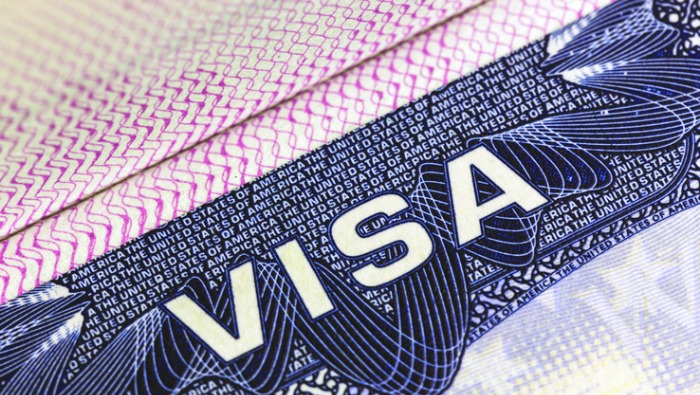On October 19th, 2023, the U.S. Department of Labor (DOL), along with the Department of Homeland Security (DHS), Department of State, and the U.S. Agency for International Development (USAID), announced new efforts to strengthen protections for migrant workers under the H-2B program. According to the agencies, these individuals are often vulnerable to exploitation under more unscrupulous employers. The announcement came under the Biden-Harris Administration’s Report of the H-2B Worker Protection Taskforce statement. Earlier this year, the DHS announced a plan to improve the deferred action process to further protect migrant workers’ rights.
Overview of the H-2B Visa Program
The Immigration Reform and Control Act of 1986 (IRCA), which also introduced the Employment Eligibility Verification Form I-9, divided the then-existing H-2 visa program for migrant workers into two programs. The H-2A program was created for agricultural workers, while the H-2B program serviced nonagricultural workers. The H-2B program allows U.S. employers agents who meet specific regulatory requirements to bring foreign nationals into the United States to fill nonagricultural jobs or temporary services. Specifically, temporary services include those that are a one-time occurrence on a seasonal, peak load, or intermittent basis. Before employers can be approved to request guest workers under the H-2B program, they must apply with the DOL stating that:
- an insufficient number of U.S. employees are qualified and available to work; and
- the employment of nonimmigrant, temporary workers will not adversely affect the wages and working conditions of similarly employed U.S. workers.
Agency Involvement in the Taskforce
According to Acting Secretary of Labor Julie Su, the Biden-Harris Administration is “taking a whole-of-government approach to protecting [migrant workers], which will also help ensure they are not used to undercut labor standards for domestic workers.” Each agency in the taskforce will take actions to improve the safety and security of workers under the H-2B program. These will include:
- protecting workers engaged in labor disputes;
- preventing exploitation during recruitment;
- providing resources to workers to inform them of their rights; and
- enhancing data sharing.
Plan to Protect Migrant Workers Under H-2B
In sum, the agencies have identified more than a dozen action items under the plan to protect migrant workers under the H-2B program. In some cases, these action items also apply to workers under the H-2A program, as well. Further action items under the plan include the following:
- Using interagency information sharing and data collection to prevent and enforce against worker exploitation by labor recruiters and employers;
- Disseminating information and resources through MigrantWorker.gov and other agency channels to communicate migrant workers’ rights under the H-2A and H-2B programs;
- Improving outreach and streamlining agency response to labor law violations by increasing transparency and using existing data; and
- Participating in a new interagency H-2 Worker Protection Working Group to implement the deliverables described in the plan.
In the end, these actions are designed to ensure all workers, including U.S. workers, are not disadvantaged when employers use the visa program.

